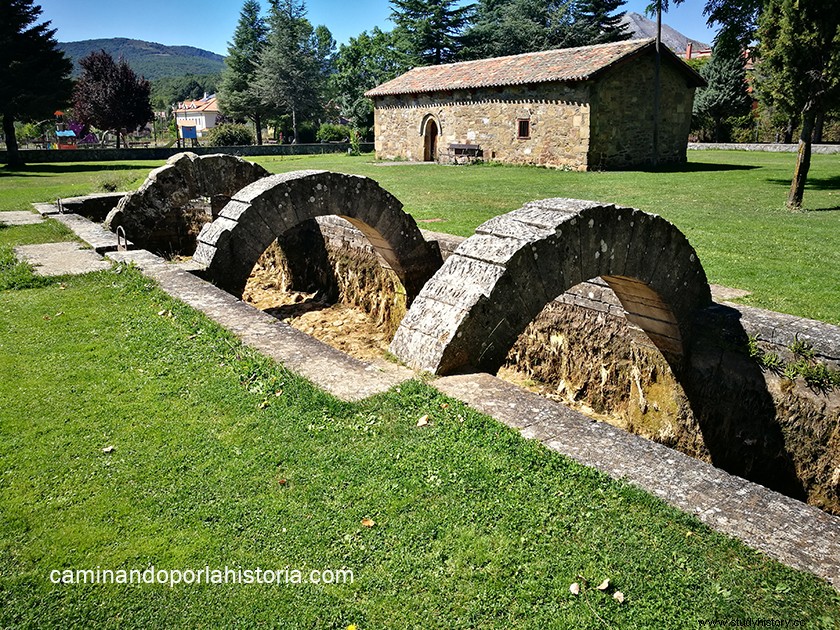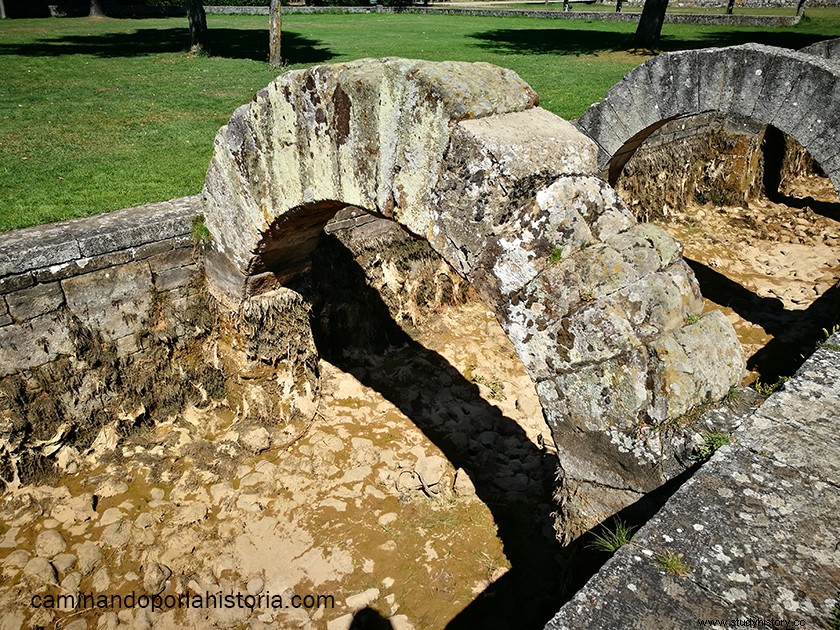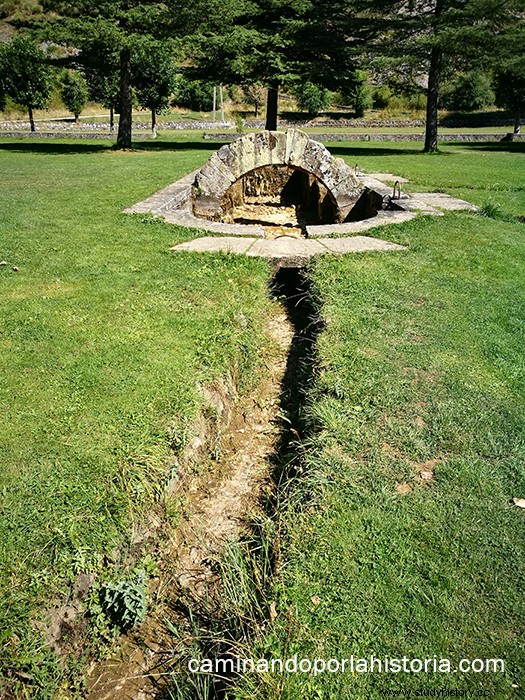
The figure of Pliny the Elder It is essential for the knowledge of numerous aspects related to both Roman culture and that of the peoples that were conquered by them during their history. The Roman soldier, writer and naturalist was born in the year 23 AD. and died in 79, during the eruption of Vesuvius. Not without first leaving us your Natural History , an encyclopedia written in Latin, which has turned out to be a compendium of knowledge in many fields, including zoology, medicine, ethnology and geography.

Lithograph by Pliny the Elder.
Of the multiple data that we can extract from his work, today we are left with the Fontes Tamarici . Described in book XXXI, after his passage through the territory of the Cantabrian people of the Tamáricos, in the year 73, when he served as attorney for the Hispanic province of Tarraconense .
This is how Pliny the Elder translates the professor Antonio García y Bellido , who studied these sources in two campaigns, 1960-1961.
“In Cantabria, the Tamaric Fountains serve as an omen. There are three of them, eight feet apart. They come together in a single bed carrying a large flow. They are usually dry for about twelve days, and sometimes up to twenty, without a single drop of water emerging from them, while an adjoining spring continues to flow without interruption with abundance.”
That is, the source filled or emptied for no apparent reason at the whim of nature. Which must have served Pliny the Elder to endow it with a kind of cursed halo, since, according to him, it served to foreshadow the death of the one who will arrive for the first time and will find the bed of the fountain without a drop of water.
To document the fact, Pliny the Elder recounted below, in his Natural History, what happened a few years before to his good friend Larcio Licinio . Initially, Pliny described to us the curious character of his friend and his great interest in the mysteries of nature, a fact that led him to visit the sources of the Tamarics. In the same way he criticized his way of being as impulsive, since he could have known the curse that weighed on the visitors, and even so he did not foresee that the fountain could be dry when they arrived. As it happened. Only seven days later he met the death of the good Larcio Licinio .
The source of the Reana, (tamaric sources)
To know the place described by Plinio we must go to the beautiful Palencia town of Velilla del Rio Carrión .
We will find the fountain in a park located at the entrance to the town arriving by the road that comes from Guardo. The place is today known as the Parque de las Fuentes Tamaricas or Reana Fountain . In the middle of this park we find a pond about 21 m long with an average width of about 3 m. It is covered by three semicircular arches, the oldest being the first and must not go beyond the Renaissance. From the pond some streams come out on the ground that have served to irrigate nearby orchards in modern times.

Tamarican fountains, with the church of San Juan behind.

The oldest arch of the Fuentes Tamaricas

One of the grooves that carry water from the Fuentes Tamaricas to the nearby irrigation systems
Certainly the place has been a place of continued worship for more than 2,000 years. Before the arrival of the Romans, the peoples settled in the Peninsula used to place their places of worship surrounded by nature and it is attested that the fountains were one of the favorite places of these ancestors. Then the Romans arrived, very given to superstitions, it is not surprising the treatment that Pliny the Elder gave to these sources of the Tamarics, but they also used it as a religious enclosure, since in 1890 an altar was found inside the church Roman. The cult continued in the Middle Ages, adapted to Christian beliefs, with the construction of a small hermitage, known as the Ermita de San Juan, dating from the end of the 12th century.
The mystery of the filling and drying of the pond remains an enigma. Antonio García y Bellido himself describes his arrival at the place on July 23, 1960, recounting that in the course of a single day he came to see it empty for a few moments, for at least three times. According to the locals, the fountain is never subject to regularity. It is evident that it dries up mostly in the dry season of the mountains of Palencia, that is to say, in summer, but some years there are only a few days and others are planted in November and they continue to wait for water. The most remarkable thing, according to the inhabitants of Velilla del Rio Carrión, is the tremendous noise that precedes the filling, described as a kind of hurricane that stops when the water begins to emerge.

Supposed operating scheme of the Tamáricas Fountains, according to Antonio García and Bellido.
About the superstition of Pliny the Elder, I do not want to pay much attention to him, more than anything that when I arrived at the place, as seen in the following images, the pond was completely dry. In my favor, it should be noted that I did not know Pliny's writing, since I personally arrived at the place by chance. Seeing Tamaric sources reminded me of a previous reading about the religiosity of pre-Roman peoples.
The evidence leads us to think of a nearby water reservoir under the mountains of Palencia, which has a siphon at its outlet, when it fills up enough it clogs it and through a very limestone soil fills the Fuente de la Reana. I have to confess that I found this explanation searching for information about the place, to reassure my subconscious a little more if possible. Finally, about three months ago I visited her and so far I'm still fine.
More info:
Tamaric sources, Archaeological excavations in Spain, Report written by Antonio García y Bellido, 1963.
